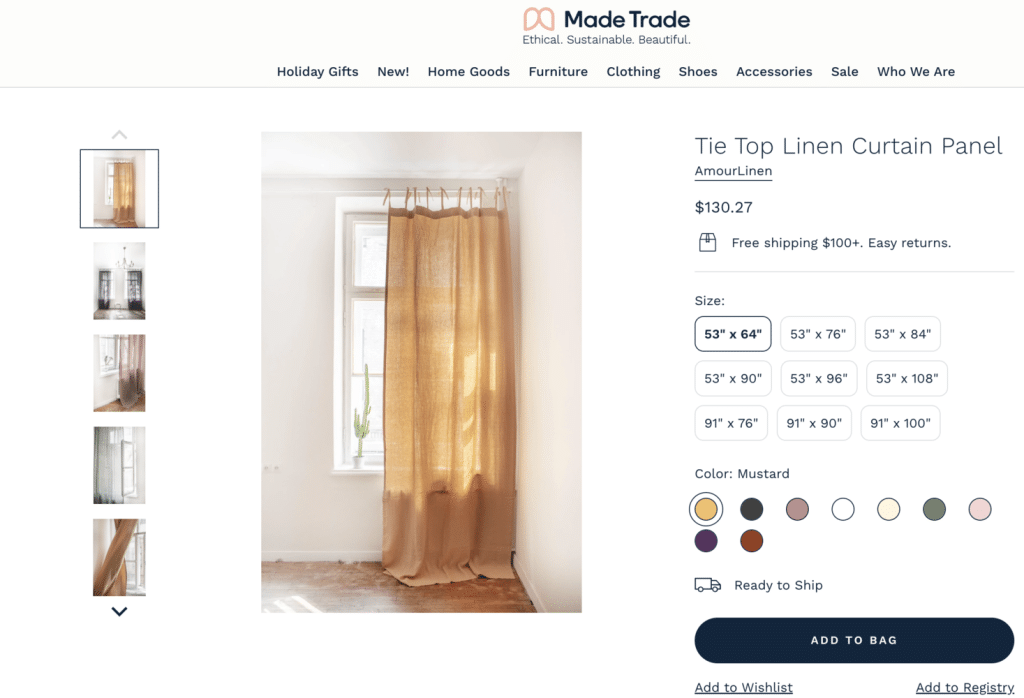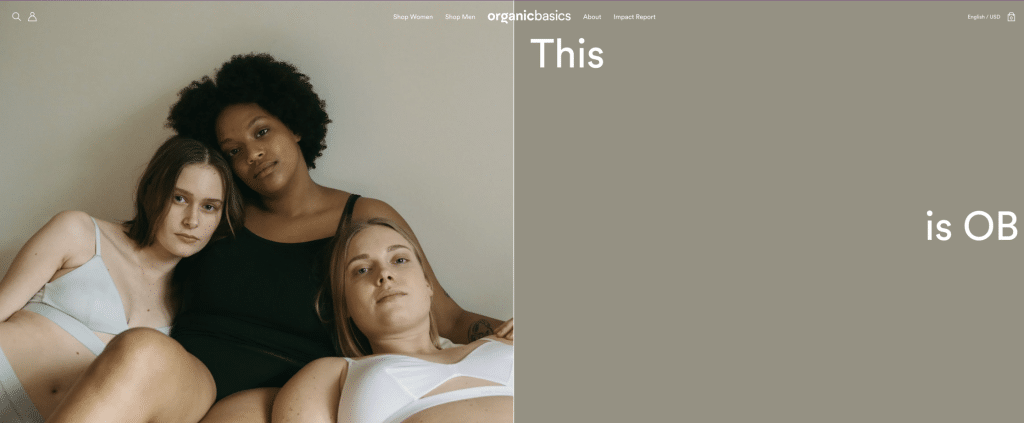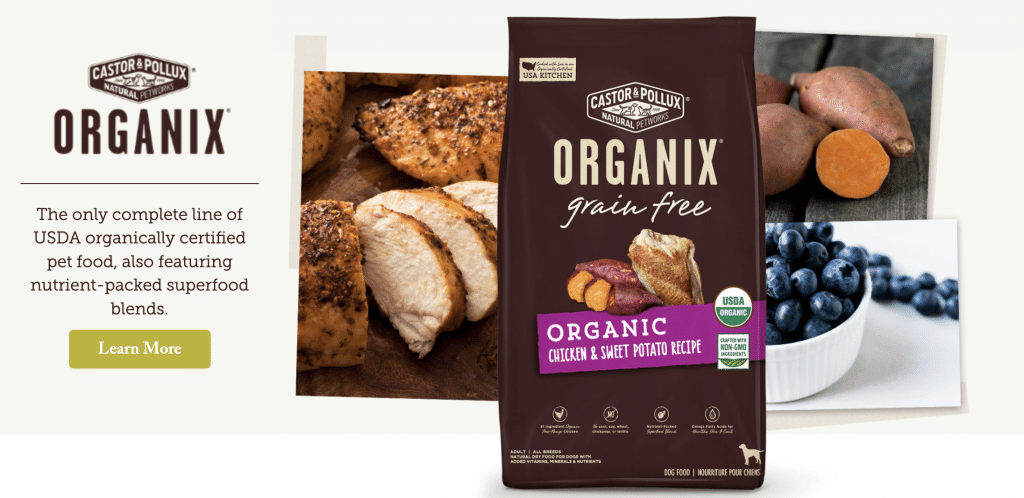Reason 2/3: A symbol of leading a healthier lifestyle.
[Click here to read the previous article on technological relevancy as the #1 reason driving an interest in sustainable alternatives. In the first article I covered an important concept called “cultural requirements” that is referenced here. In this article we’ll dive into another critical reason driving choice in sustainable alternatives – a pathway to a healthier lifestyle]
Have you ever wondered why so many products that are geared towards those who either already do or aspire to live a healthier lifestyle also tend to be better in terms of their environmental footprint? It’s because there’s a clear connection and a shared meaning in the values of consumers that want both. Wanting to lead a healthier lifestyle is in essence another form of symbolic capital that we now associate with sustainable alternatives. And just like in the case of the desire for technological relevancy (via sustainable alternatives), this is another way in which the consumer creates a set of “cultural requirements” around sustainable alternatives and will be open to paying a premium if AND ONLY IF the cultural requirements are met.
So what’s the core insight here? The core belief?
Consumers see the health and wellbeing, both of themselves and their families and pets, as a product of sustainable choices.
They want to purchase sustainable products and solutions as a way to create and communicate their commitment to healthy behaviors and habits and be respected (by their peers) for making the right choices in life.
-
What is the cultural requirement?
It’s that the sustainable alternative MUST also be the healthier alternative (compared to its competition), and must make it easier for the consumer to adhere to that healthier lifestyle.
-
When we usually think about health we tend to associate it with the food and beverage and of course the health industry. However, what is interesting here is that people link a healthier lifestyle to a much broader set of products and solutions in their lives.
Consider the world of home décor for example where consumers believe that introducing more eco-friendly décor into their home and work environments (e.g., plants, natural fibers etc.) can enhance their emotional wellbeing and reduce the risk of developing mental health concerns. You could argue that the connection between health and sustainability is a weak one here in home Decor from a purely technical perspective, but to the consumer it rings true and that is what matters.
The retailer Made Trade is a good example of a brand that offers products that fit into one’s aspiration of living a healthier lifestyle – healthier for ourselves and the planet.

Another example of this is the desire to bring plants into one’s home as a way to increase our sense of well being. The Sill is one among a few different companies offering products like planters that are made from recycled and natural materials as a way to connect the healthfulness aspect to sustainability (although it must be said that at the moment none of these companies are doing a particularly great job at it).
Sustainable clothing can also be about healthy living where the consumer focuses on certain fibers and materials as a pathway to a healthier lifestyle. Consumers want to nourish their body from the outside-in by buying clothes made from natural fabrics, rather than polluting, non-biodegradable synthetics (e.g., polyester), which they believe can irritate the skin. They believe that items made from natural fabrics (e.g., organic cotton, bamboo fibers) feel great against the skin and can be especially helpful if they deal with sensitivities or allergies.
Organic Basics as an example of a brand attempting to bridge this gap between our health and sustainability. Undergarments in many ways serve as the first line of defence between our skin and our clothes. So it makes sense that this is the category where, our desire to live a healthier lifestyle, begins.

And of course, we cannot forget food in all this.
Consumers associate the food industry with the largest environmental impact (e.g., processed red meat, ultra-processed chips, commercially available processed dog and cat food) and with the highest risk of disease, and see them as a marker of an “unhealthy lifestyle.”

There are of course many examples of food companies that are making the explicit connection between sustainability and healthfulness in-market. But the connection isn’t limited to human food. Take the brand Castor & Pollux for example that brings to market a healthier alternative to traditional pet food, that also happens to be significantly more sustainable across the supply chain. It goes to show just how important these cultural requirements are in order to make a sustainable alternative attractive to the consumer.
Summary
Ultimately it all comes down to one simple fact – as humans, and as consumers – we do not buy anything without evaluating what that thing will do for our sense of self, our identity, and the way we are perceived by the outside world as a result. Whether it’s how we choose to decorate our homes, the clothes we buy, the foods and drugs we buy, or what we choose to feed our pets, there’s an innate opportunity in sustainability in all of them. But simply telling the consumer to save the world isn’t enough. We have to think about what it is in culture that MUST go hand-in-hand with a more sustainable outcome. And we must bring those outcomes to life if we want our sustainability initiatives to yield ROI in the real world.
[To learn more about cultural requirements and see the full webinar on the topic of sustainable alternatives, click this link.]